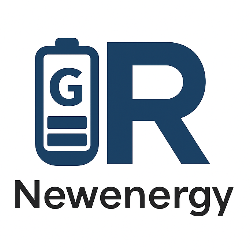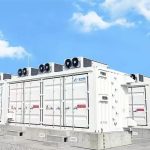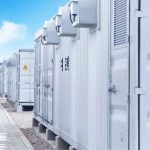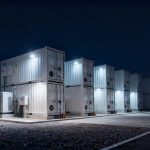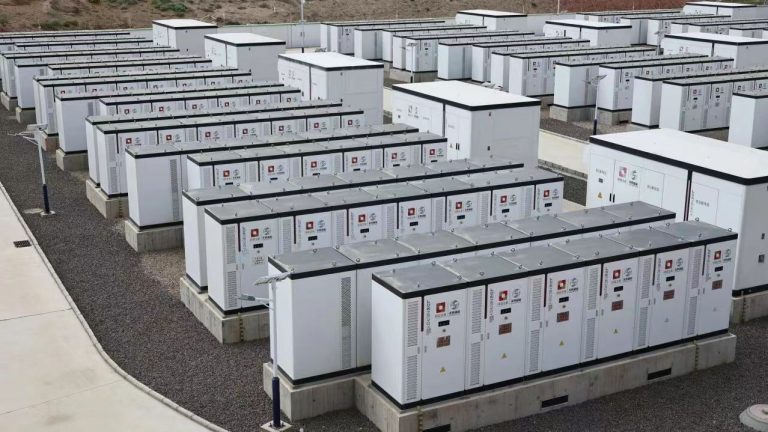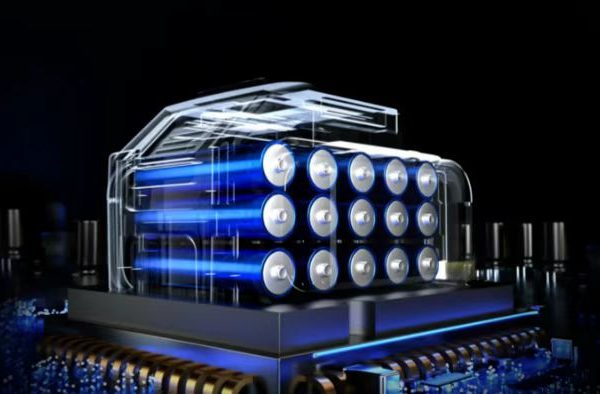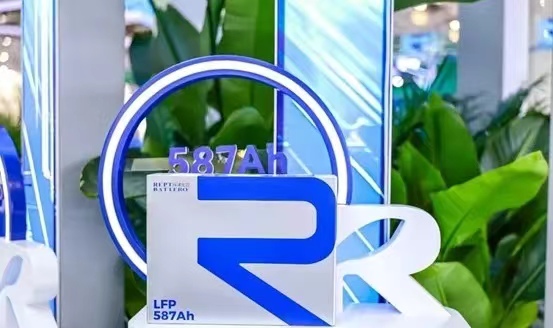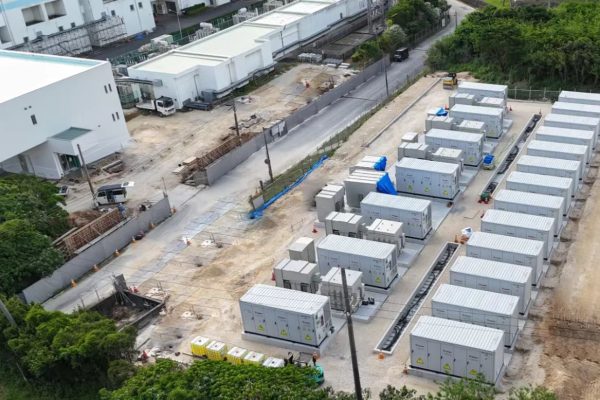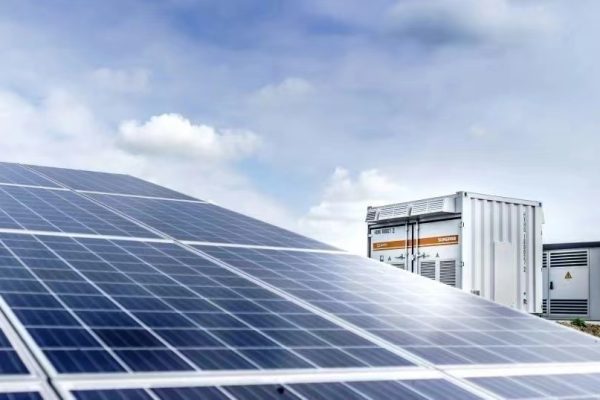In the fast-growing energy storage and renewable energy industry, one of the first questions buyers ask is:
“Can you guarantee stable supply?”
This concern is natural. Large battery energy storage systems (BESS) require reliable sourcing of lithium cells, battery packs, inverters, and balance-of-system (BOS) components. Delays or disruptions can cost buyers millions, damage project schedules, and reduce investor confidence.
For suppliers and integrators, it’s not enough to have strong supply chains—you must also know how to communicate supply stability to buyers. Clear, transparent communication builds trust and sets your company apart from competitors.
Why Supply Stability Is So Critical
- Project Timelines Are Tight
- EPC contractors and developers often face strict commissioning deadlines.
- Delayed equipment delivery can lead to penalty costs.
- Raw Material Volatility Affects Buyers
- Lithium, cobalt, and nickel price swings create uncertainty.
- Buyers worry suppliers will fail to secure enough raw material.
- Global Logistics Challenges
- Shipping disruptions (e.g., Suez Canal delays, container shortages) affect delivery schedules.
- Buyers want reassurance that suppliers can navigate logistics risks.
- Reputation Risk for Buyers
- A failed or delayed storage project harms the buyer’s reputation with regulators, investors, and customers.
What Buyers Really Want to Hear
When buyers ask about supply stability, they’re not looking for vague answers like:
❌ “Yes, we have stable supply.”
They want concrete proof:
✅ “We source from three qualified cell factories across Asia, with production contracts secured until 2026. Our warehouse in Rotterdam holds buffer stock to cover three months of demand.”
Key Points to Communicate About Supply Stability
1. Multi-Sourcing Strategy
- Show buyers that you don’t depend on a single factory or supplier.
- Example: “We source LFP cells from both China and Southeast Asia, ensuring redundancy in case of regional disruptions.”
2. Long-Term Supplier Agreements
- Highlight contracts with Tier 1 cell manufacturers.
- Example: “We have a three-year supply agreement covering 100MWh annually with a leading LFP supplier.”
3. Production Capacity and Forecasting
- Share actual factory capacity numbers and forecasting methods.
- Example: “Our partner factory has 2GWh annual capacity. We forecast demand quarterly and lock production slots six months in advance.”
4. Logistics and Warehousing
- Show you have contingency plans for global shipping.
- Example: “We maintain buffer stock in bonded warehouses in Europe and North America to shorten lead times.”
5. Risk Mitigation Measures
- Explain how you handle raw material volatility.
- Example: “We hedge lithium purchases and adjust procurement strategies quarterly to stabilize costs.”
Communication Channels That Build Buyer Confidence
✔ LinkedIn Technical Posts
- Share updates on how your company secures supply chains.
- Example: “We just expanded our Rotterdam warehouse to ensure faster delivery for European clients.”
✔ Proposal Documents
- Include a “Supply Stability Statement” in every quotation.
- Example: “All materials for this 10MWh system are secured with confirmed production slots in Q3 2025.”
✔ Client Meetings
- Use supply chain maps or flowcharts to visually show sourcing diversity.
✔ Trade Shows
- Highlight supply resilience in presentations: partnerships, logistics hubs, long-term contracts.
How to Address Buyer Concerns Proactively
- When They Worry About Delays:
✅ “We hold three months of buffer stock in our regional warehouse. In case of shipping delays, your project schedule remains unaffected.” - When They Ask About Material Shortages:
✅ “We work with two lithium suppliers and have reserved raw material allocations through 2026.” - When They Question Your Reliability as a New Supplier:
✅ “Here are case studies of 20MWh projects delivered on time despite global logistics challenges in 2023.”
Example: A Supply Stability Statement for a Quotation
Supply Stability Commitment
For this 20MWh BESS system, all lithium-iron-phosphate (LFP) cells are secured under a production contract with a Tier 1 manufacturer through Q4 2025. We forecast material demand six months in advance and have already locked production slots for this order. In addition, our European warehouse holds buffer stock to cover three months of deliveries. This ensures stable supply regardless of global logistics disruptions.
This kind of detailed, proactive statement gives buyers confidence and clarity.
Mistakes to Avoid When Talking About Supply Stability
- ❌ Overpromising: Don’t claim 100% guarantee—buyers know global risks exist.
- ❌ Being Vague: General assurances without data reduce credibility.
- ❌ Ignoring Logistics: Buyers want to know how you handle shipping delays, not just production.
- ❌ Reacting Late: Only mentioning supply stability after buyers raise concerns weakens trust.
In the energy storage, renewable energy, and BESS industry, buyers don’t just purchase technology—they purchase confidence in delivery.
By communicating supply stability clearly—through multi-sourcing, long-term agreements, warehouse buffers, and risk mitigation strategies—suppliers can turn a common buyer concern into a competitive advantage.
The suppliers who proactively explain how they secure stable supply chains will not only win contracts, but also build long-term partnerships in a volatile global market.
